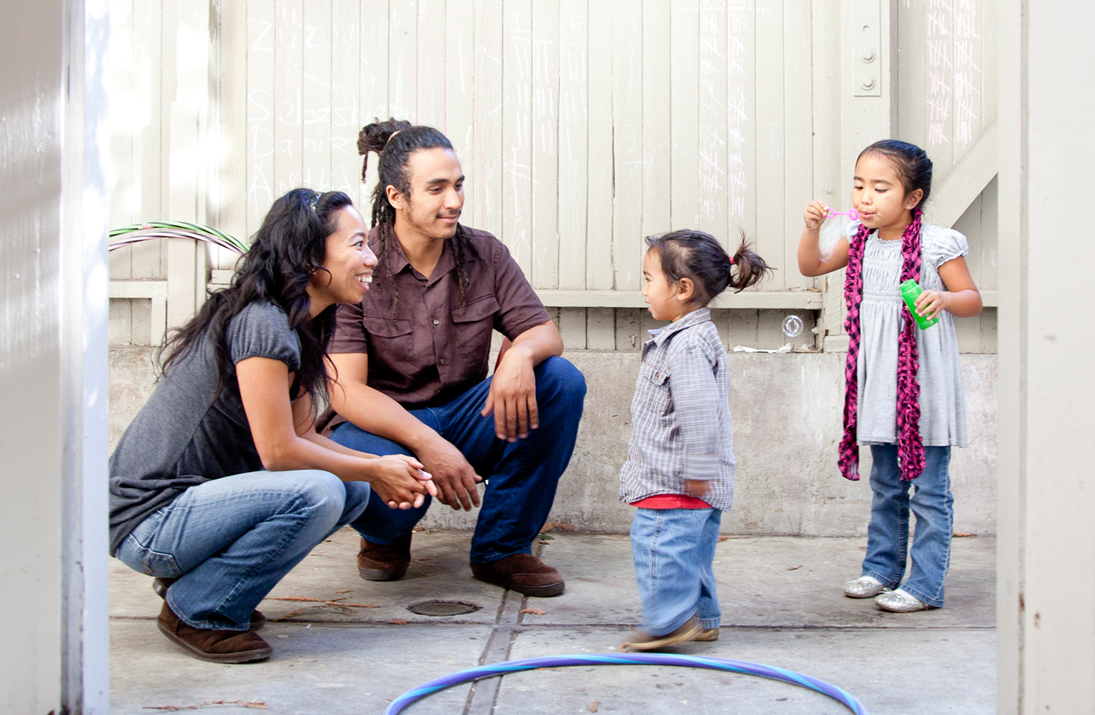UCSF, along with many medical facilities across the nation, have set up screening tents outside facilities. Photo taken March 24th, 2020.
We spoke with a UCSF Emergency Room Doctor in San Francisco during his shift Tuesday afternoon (3/24). Standing in front of the temporary Covid-19 screening tents in the UCSF Parnassus parking lot, the Doctor described his ER as being relatively ‘quiet’ with about half of the average patients it usually has on a normal day without a pandemic. In an Emergency Room that typically sees 150-200 total patients on an average day, (50-60 in a typical afternoon) on Tuesday afternoon there were only 31 patients being treated. Roughly 10-12 patients at UCSF were related to Covid-19.
We followed up today (Wednesday 3/25) and the situation is much the same.
The shelter in place order has made the hospital far quieter than it normally would be. People are not out outside getting sick, or having accidents, so they are not currently turning up in the Emergency room. So far the attempt to ‘flatten the curve’ and prevent a huge surge of Covid-19 infections all at once, appears to be working in San Francisco.
UCSF Parnassus intake entrance, San Francisco.
“We were just on the phone with colleagues in New York City, they are intubating a couple new patients an hour. and rapidly running out ventilators and supplies, there is a very, serious spike of infections happening there now.” The ER Doctor said.
In San Francisco, medical data shows that compared to New York, the Bay Area has ‘flattened the curve’ of new cases.
Data & Chart provided by swell.life. We checked with our UCSF contact and the above chart figures matches what they are seeing on the ground in the ER.
UCSF hospital Covid-19 screening station in the parking lot
Last week the Chronicle reported that Medical facilities in San Francisco ‘have enough ventilators for now’, and there are enough uninfected healthcare professionals to treat the sick. Although medical supplies like masks and gowns are still in short supply.
The Doctor we spoke to tested negative for Coronavirus this week, and there is very good news about coronavirus testing efficiency. At UCSF, Covid-19 testing swabs now only take 12-24 hours to get results. And they are currently well stocked with testing swabs. Hopefully this capability will become widespread, before the virus does.
These are what testing swabs for covid19 look like.
“We no longer have to send tests away to get results, we can do the tests here at UCSF.” Said the ER Doctor. The testing efficiency at UCSF is now in stark contrast to our nation’s testing capabilities in the past few weeks, where tested samples needed to be sent across the country in order to be processed and would take days if not weeks to return results.
Medical experts say this does’t mean you should run down to the ER to get tested, in fact, it’s the opposite. Unless you are experiencing severe symptoms, stay home. If you perform a necessary job, (like a firefighter for example) and must leave your home to perform it, then ask your employer about getting tested. Letting people know that they are infected is half the battle to restricting the spread of the virus, the other half is social distancing and practicing good hygiene.
Also keep in mind that the infection rate could still surge in the Bay Area. We asked the ER Doctor what to do if you feel ‘fluish’ at home, and what to expect if you go a Covid-19 testing testing station today:
What will they ask you at a typical Covid-19 testing site:
“If you do go into an ER, they will most likely ask you if you have a fever, a new cough, or are having any difficulty breathing. They may also ask you if you have traveled to a high risk area, and about your potential exposure to those infected with Covid 19.”
In order to test for Covid-19, medical professionals must take fluid samples from your nose & or throat.
What to do if you have mild, flu like symptoms?
“Stay home, isolate yourself. There is no treatment for mild cases.”
What to do if you have severe symptoms?
“If you are having severe symptoms of any kind you should come in and get evaluated. Severe symptoms means: any difficulty breathing, any inability to catch your breath or feeling ‘winded’ after small exertions. Any painful breathing is certainly a reason to go see your healthcare provider immediately.”
Medical professionals across the bay area have been on high alert for weeks, waiting for a surge in new cases. Although common medical supplies like masks, gowns, and faceshields are low, they are holding. We are not out of the woods by a long shot, but for the time being we have avoided a surge in new cases and Covid-19 related fatalities. Please continue to shelter in place, we still have a long way to go.
For general information concerning Covid-19 visit the CDC website here.
The post UCSF ER Relatively ‘Quiet’, Flattening the Curve is Working in SF, For Now appeared first on Broke-Ass Stuart's Website.









